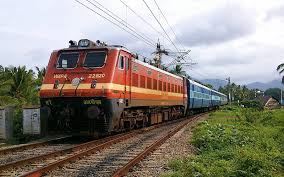
On February 7, 2025, the Union Cabinet approved the creation of the South Coast Railway Zone (SCoR), making it the 18th railway zone in India. This decision follows the Andhra Pradesh Reorganisation Act (2014), after the bifurcation of the state with the creation of Telangana. The new zone aims to enhance railway operations and services, improving connectivity and efficiency in the region. The headquarters of the SCoR will be located in Visakhapatnam, Andhra Pradesh, with Prime Minister Modi laying the foundation stone in January 2025. The South Coast Railway Zone is formed by reorganizing parts of the East Coast Railway (ECoR) and South Central Railway (SCR) zones.
-
On February 7, the Union Cabinet ex post facto approved the creation of the South Coast Railway (SCoR) Zone, marking it as the 18th railway zone in India.
-
This came as part of the Andhra Pradesh Reorganisation Act (2014), immediately after the rest of Andhra Pradesh was bifurcated with the creation of Telangana.
-
It is consonance with the government's plan aimed at augmenting railway operations and services in the region.
Location and Headquarters
-
The headquarters of the South Coast Railway Zone is situated in Visakhapatnam, Andhra Pradesh.
-
In January 2025, Prime Minister Narendra Modi laid the foundation stone for this headquarters.
Reorganization of Existing Zones
-
The new South Coast Railway Zone was carved out from parts of the East Coast Railway (ECoR) and South Central Railway (SCR) zones.
-
Major revenue-generating areas for Indian Railways, the Waltair Railway Division was split into two parts:
-
Visakhapatnam Railway Division: The first part of the Waltair Division was renamed and included in the new South Coast Railway Zone.
-
Rayagada Division: The second part of the Waltair Division, which includes important stations in Odisha, was retained in the East Coast Railway zone under a new division headquartered in Rayagada.
-
History and development
-
It has a glorious history that started its journey in 1853 with the first passenger train from Mumbai to Thane.
-
The railway zones are vital to India's transport network in linking millions of citizens across the country.
-
Indian Railways operates one of the world's largest rail networks, consisting of about 7,000 stations and 19 zones-wide, making a big contribution to the economy and socio-economic development.
Conclusion
South Coast Railway under the four other railway zones is critical for region-specific action, local demands, and ensuring the efficient execution of the network across various geographic territories. Presently, there are 19 railway zones, including the proposed ones like Bharatpur and Sikkim Railway Zone, which are still not functional.



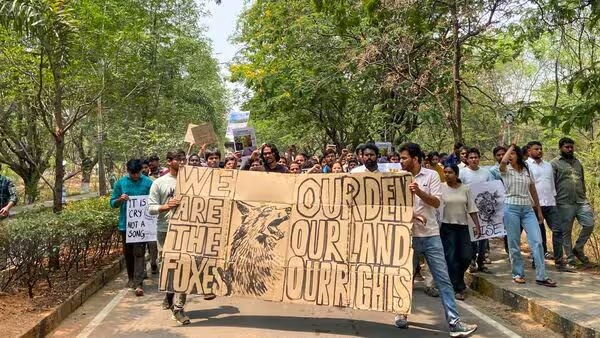 Understanding the Kancha Gachibowli Protests: What Lives in Kancha Gachibowli? A Closer Look at Hyde
Understanding the Kancha Gachibowli Protests: What Lives in Kancha Gachibowli? A Closer Look at Hyde Kannadippaya: Kerala's First Tribal Handicraft to Receive GI Tag
Kannadippaya: Kerala's First Tribal Handicraft to Receive GI Tag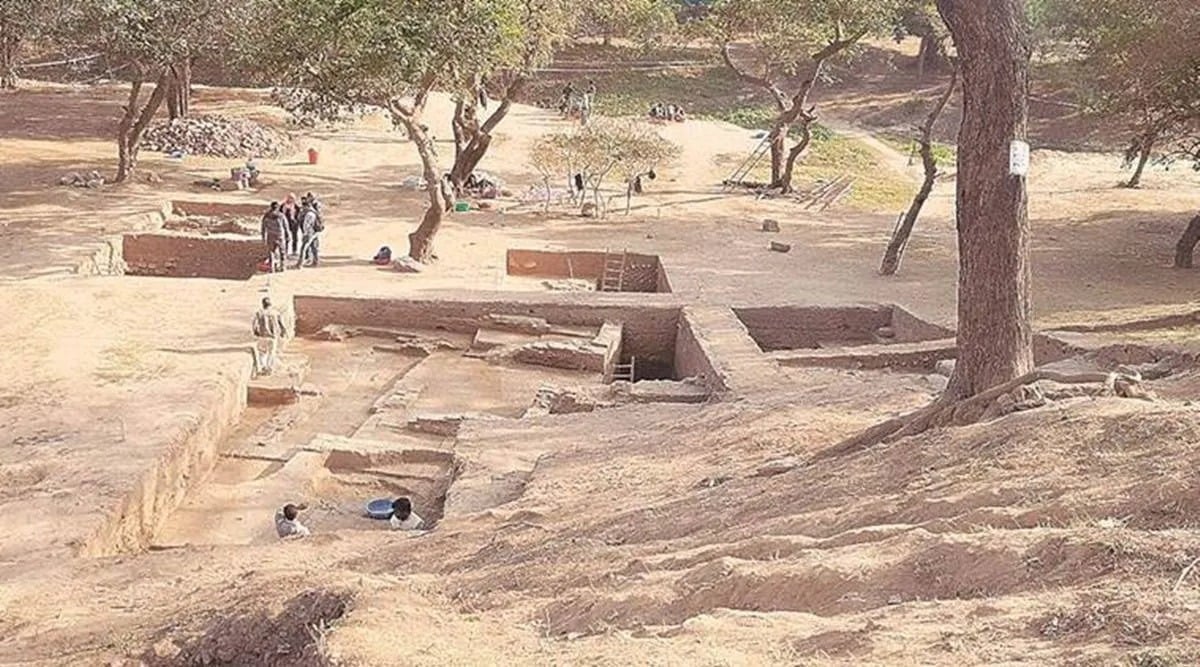 Haryana Declares Two Harappan Sites as Protected Archaeological Monuments: Mitathal and Tighrana
Haryana Declares Two Harappan Sites as Protected Archaeological Monuments: Mitathal and Tighrana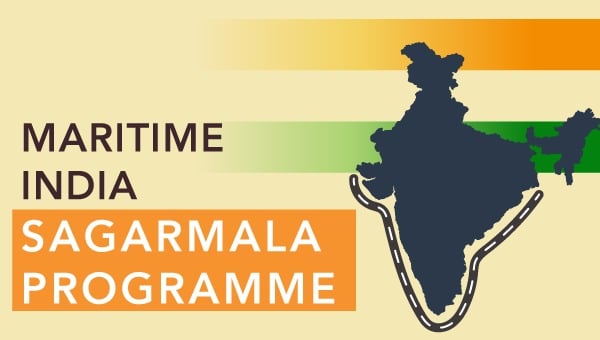 Sagarmala Programme: Powering India’s Maritime Revolution
Sagarmala Programme: Powering India’s Maritime Revolution Mount Lewotobi Laki-Laki Volcano Eruption in Indonesia – Details & Impact
Mount Lewotobi Laki-Laki Volcano Eruption in Indonesia – Details & Impact CM Stalin Inaugurates India’s Largest Single-Location Solar Plant
CM Stalin Inaugurates India’s Largest Single-Location Solar Plant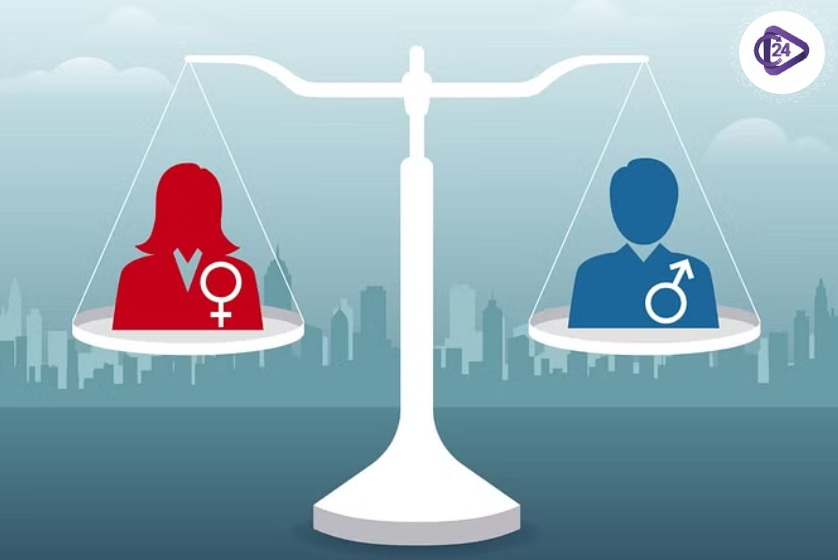 Decline in Haryana Sex Ratio at Birth 2024
Decline in Haryana Sex Ratio at Birth 2024 Polar Vortex Shift Triggers Severe Winter Storm in the US
Polar Vortex Shift Triggers Severe Winter Storm in the US PM Modi to Inaugurate Z-Morh Tunnel: A Game-Changer for Jammu & Kashmir
PM Modi to Inaugurate Z-Morh Tunnel: A Game-Changer for Jammu & Kashmir






